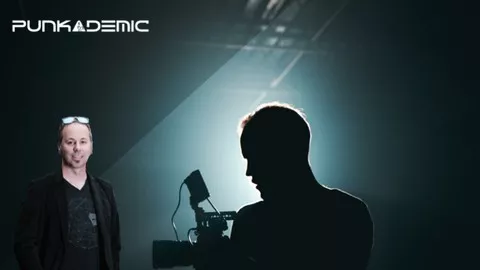Film Scoring Bundle: Writing Music For Films: Parts 1 & 2 TUTORIAL
This is a class designed for the average person who is ready to take their music career (or music interest) and develop it into something more. Whether you are an active musician or an aspiring musician, this class is perfect for you.
In this course, we will learn the essential techniques used in writing music for the film. Through a series of analysis’ of well-known film scenes from your favorite movies we will learn what makes a great cue, and then apply those techniques by writing our own. I’ll be showing you some of my own projects for film and television throughout the class, and walk you through my process when composing music for a film project.
By the end of this course, students will understand the tools, lingo, and techniques used in the film composing world and will be ready to dive into their own projects. I’ll walk you through how to get started on your first project by using freely available movies that need a score.
Throughout my career, I’ve worked with major American orchestras, film studios, and video game designers. I’m also a Ph.D. in music composition and a university professor (of music composition).
Recently I was named as a semi-finalist for the Grammy Foundation’s Music Educator of the Year award because of my in-person university classes. Now I’m taking those classes to Udemy in an online format in order to reach more students and give them the joy of Music Theory.
I’m planning on making several “sections” of this class, and this is Part 1. As the class grows, we will go deeper and deeper into my techniques.
In this class, we will cover:
- Tools of the trade
- Finding the emotional response
- Music Theory and Genre
- Scoring for film
- Using Modes in Film Scores
- Finding the Message
- Learning from Temp Cues
- “Spotting” the film
- Film score composition techniques
- Working with industry budgets
- Diegetic music and non-diegetic music
- Score and Source
- The Ostinato
- Working with silent films
- Setting up a session
- Marking hits
- Scoring the opening credits
- Motive and Leitmotif
- Working with Leitmotifs
- Working with the rhythm in cues
- POV
- Finding and analyzing POV scenes
- Composing using POV
- And much, much, more!

